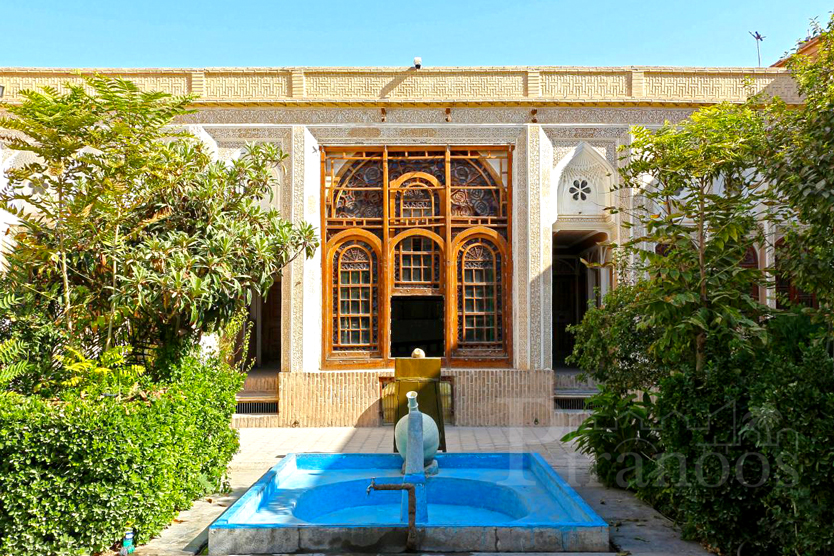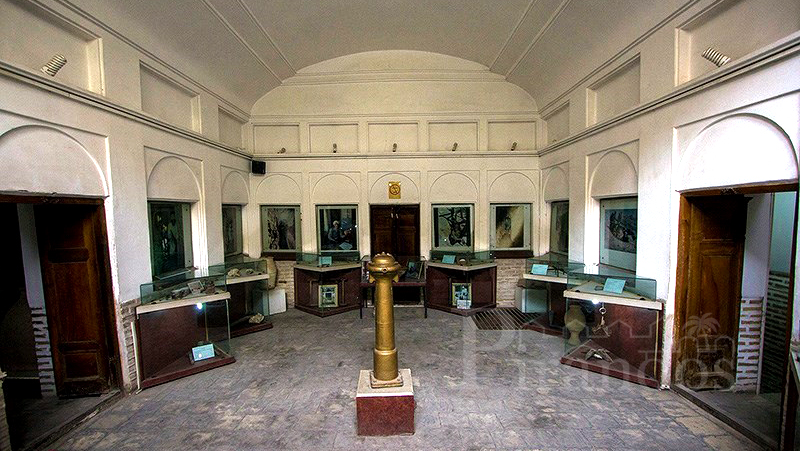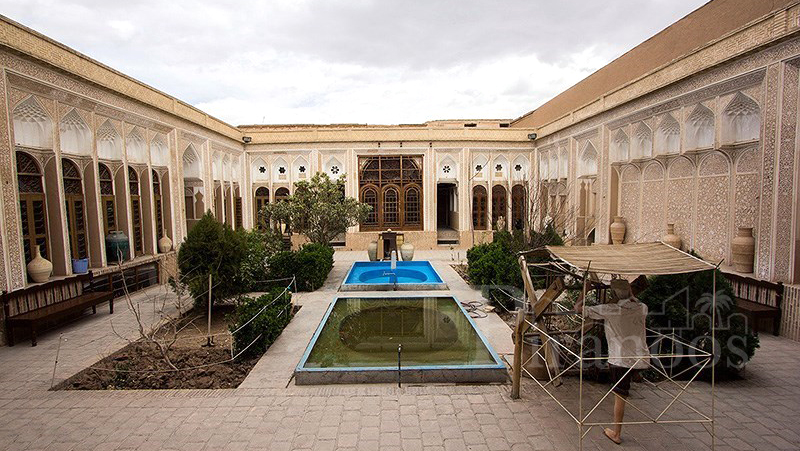Yazd is one of the historical cities of Iran. Its ancient attractions make it one of the first historic clay cities in Iran. Due to the many attractions of Yazd city and many clay buildings throughout the city, the name of this historic city is registered in UNESCO and is also referred to as an international ancient city.
Yazd Water Museum was founded in 2001. The Water Museum is located in one of the most valuable monuments of Yazd, the Kolah-dooz-ha traditional House and on the north side of Amirchakhmaq Square in Yazd. One of the most valuable historical monuments of Yazd is the Kolahdooz-ha, built by the order of Seyyed Ali Akbar Kolahdooz, one of the most famous merchants of the Qajar era, from 1888 to 1891.

As mentioned above, the Yazd Water Museum is located in one of the old houses of Yazd, and visitors will be able to see the thousands of years of the history of water in this ancient city. The purpose of founding this museum is to show the value and importance of water in a desert area like Yazd city. The interesting thing that distinguishes the Yazd Water Museum from other water museums is that a hundreds of years old Kariz (qanat) passes through this old house; that once used to provide the water for local people.
This museum is a great place to get acquainted with the historical monuments and buildings related to water. Various digging qanats equipment, water volume measuring tools, aqueduct lighting supplies, water sales and endowment documentation, the water distribution documentation, water storage containers and other valuable supplies can be seen in this amazing and unique museum. Also, the world’s first water clock (700 years old) is being held at the Yazd Water Museum!

The building is currently owned by Yazd Water Company and is one of the attractions of the city. The building has about 5 floors:
At the lowest floor of the house are the two branch Karizes of Rahimabad and Zarch, and today the Zarch qanat (75 kilometers long) is still operating for more than 2000 years.
The second floor of the museum, called Payab, is a warehouse where various foods were stored in special ways for a long time. In fact, Payab was a10-meter-deep building with an octagonal space and a constant temperature that was almost14°C in all seasons. In the middle of this floor you can see a beautiful old Howz (a man-made pond in Iranian houses). The qanat water passes through this Howz and keeps the air cool and fresh.

There are many rooms and corridors on this floor. It is a great option to spend the hot and overwhelming summer days of the desert.
The fourth floor of the Kolahdooz-ha House comprises five door rooms (panjdari), the hall, the orosi room, the traditional kitchen, and the servants’s rooms. The amazing plaster works of this house, which are known as the Giahi style, and the background field of the plaster works are pale simgel (very delicate thatch) can be seen on this floor.
Through this well and by using well-wheel, they removed water from wells (known as Chehel Gaz) and used it for drinking and washing.
The Hall of Mirrors is one of the most beautiful parts of the Kolahdooz-ha House, where you can see and admire the architectural artists of that era.
Interestingly, in some of the documents the water was defined as the women’s Mehrieh (the bride-price or the dowry) because the water in the desert was more valuable than gold.